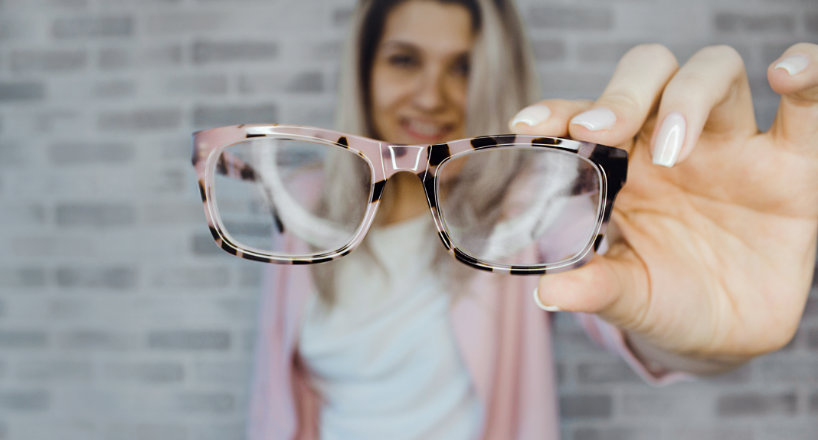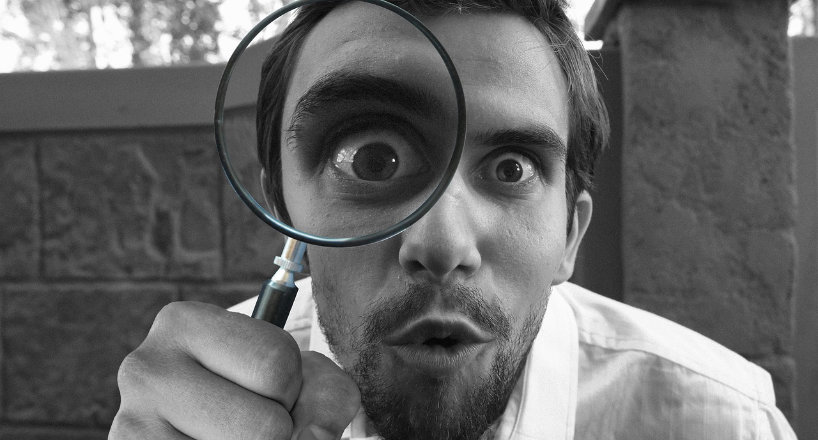Suggestions For Age-Related Vision Loss

Age-related vision loss, likewise known as age-related macular degeneration (AMD), is a typical condition that affects lots of older grownups. There are numerous things that can be done to minimize the danger of vision loss or slow the progression of the disease. Here are some recommendations:
- Consume a healthy diet: Eating a diet abundant in fruits, vegetables, and fish might help to decrease the danger of establishing AMD.
- Quit smoking: Smoking is a major threat factor for AMD, so giving up can significantly lower the risk of developing the disease.
- Wear protective glasses: Wearing sunglasses that block UV rays can assist to minimize the danger of establishing AMD, particularly for individuals who invest a lot of time outdoors.
- Have routine eye tests: Regular eye exams are necessary for spotting any indications of AMD early on, so it’s crucial to have routine check-ups with an eye doctor.
- Use low vision help: For those who have currently been diagnosed with AMD, low vision help such as magnifiers, unique glasses, and large print books can assist to enhance vision and make everyday jobs easier.
- Try supplements: Studies have shown that taking particular supplements, such as omega-3 fatty acids, lutein, zeaxanthin, and vitamins C and E, may assist to slow the development of AMD.
It’s crucial to keep in mind that while these tips might help to lower the risk of developing AMD or slow its progression, it is not an assurance. It is always best to seek advice from a physician before beginning any new supplement or treatment regimen.
Choices for Permanent Vision Loss
Age-related and other eye illnesses such as glaucoma, age-related macular degeneration, and diabetic retinopathy can lead to irreversible vision loss or blind spots. This results in a condition called low vision, in which some vision remains, however, the quality is compromised.

This can be devastating for many individuals that are utilized to living individually but suddenly need a great deal of help for day-to-day living.
The good news is, there are lots of items out there to help people with low vision manage daily jobs without assistance and the technology is always improving.
Some examples consist of:
- Hand-held and stand magnifiers, some with lights included
- Large-screen televisions and computer screens
- Phones and other devices with larger numbers or fonts
- Lenses and shields to reduce glare on screens
- Screen reader programs and wearable devices
The most essential thing you can do to maintain your vision as you age is to arrange routine eye tests. Many vision-threatening diseases only begin to show symptoms when vision loss has currently started and may not be able to be brought back. A comprehensive eye examination can discover early indications of illness and enable treatment and preventative steps to lower vision loss.
As you start to discover changes you should arrange regular examinations to monitor your eyes and vision and to eliminate any severe diseases that could cause permanent vision loss.
